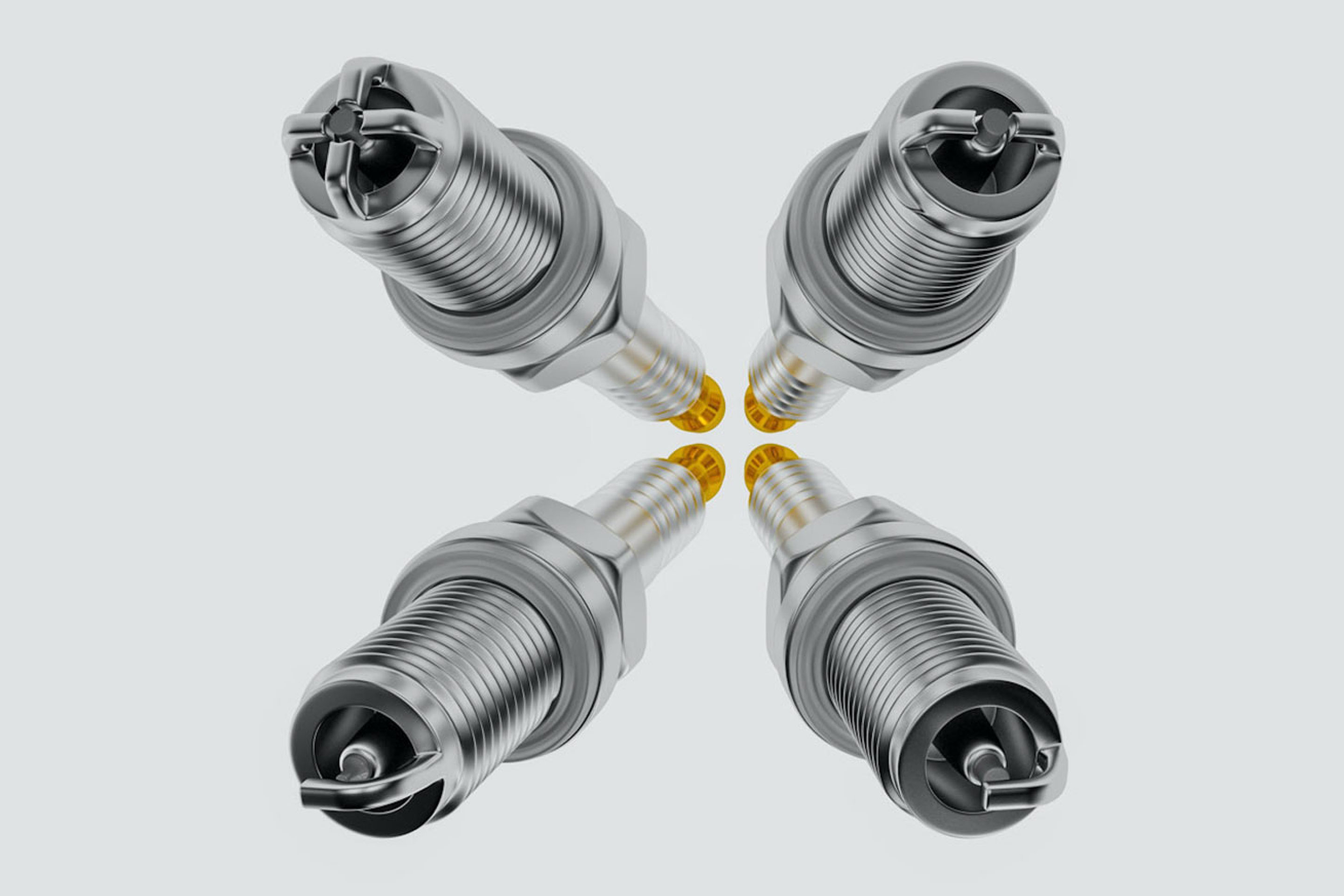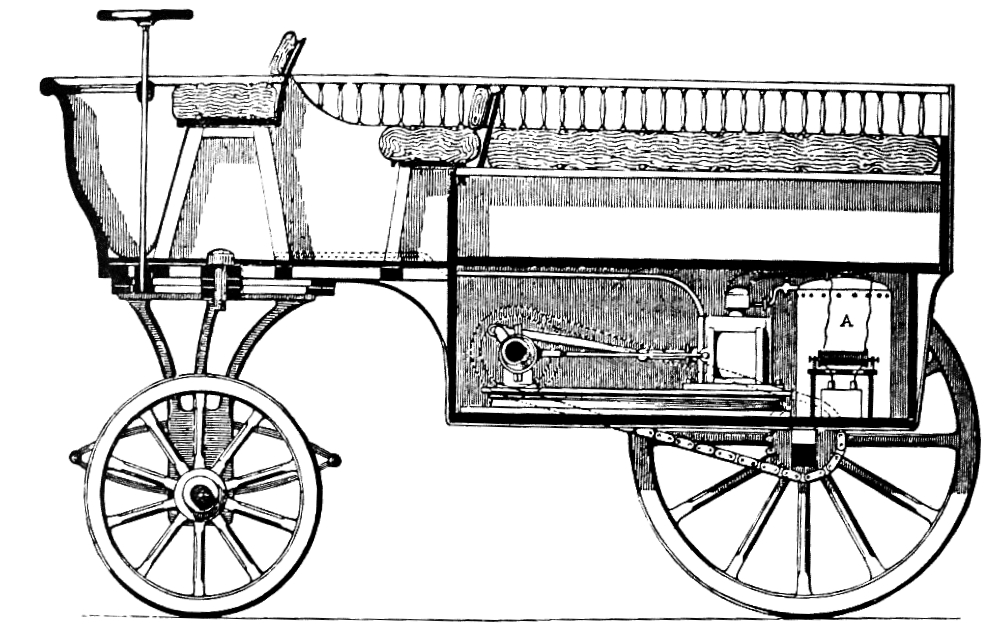

It was Etienne Lenoir who would take Carnot’s ideas and run with them, making the next big step on the road to creating the internal combustion engine.
Sadi Carnot played a huge part in the evolution of the internal combustion engine, taking a central role in the discovery of thermodynamics and making it possible to move from steam to a more efficient means of generating power. It was Etienne Lenoir who would indirectly build on Carnot’s ideas, however, making the next big step on the road to creating the internal combustion engine.
Before we begin, let’s consider the economic context in France, which was addressed by Carnot himself. The price of coal fell between 1815 and 1821 and it was not until the 1850s that prices recovered (Robert Fox – Reflections on the Motive Power of Fire: a Critical Edition with the Surviving Scientific Manuscripts – 1986).
This situation, in combination with the growing consideration of the newly discovered concept of thermodynamics, which was one of the ideas championed by Joule, Carnot, Clapeyron, Kelvin, Clausius, Rankine and others, could have contributed to stimulating inventors to definitively reconsider the thermal machine in greater depth.
Etienne Lenoir was born in 1822 in the small town of Mussy-la Ville, part of the Wallonia region of Belgium since 1830, and was granted French citizenship in 1870. After the UK, Wallonia was a driving force in the first Industrial Revolution. One of the overriding influences on the young Lenoir was the way animal and muscle power was being replaced by hydropower, machines and steam engines, and by the age of 12 he already had a clear idea and desire for his future.
Lenoir stated: “When I grow up, I’ll make machinery, new machinery, machinery walking all alone”. Lenoir eventually left his village in 1838 and went to Paris with the dream of becoming an inventor, and the hope of making his fortune.
While working for a living, he started self-learning and attended free sessions at the Conservatoire des Arts et Métiers (where professors worked with Sadi Carnot a few decades earlier). Lenoir invented chemical processes that included his first patent – a way to set white enamel on tin without oxidization.
During the 1850s, Lenoir also became owner of a large number of patents within the fields of electrochemistry and electromechanics. This allowed him more freedom to concentrate on his main interest: the engine.
At the same time, Lenoir read about the story of Nicolas-Joseph Cugnot and his steam artillery carriage of the 18th century (this very first ‘automotive’ was powered by a steam Newcomen type 2-cylinder engine in 1769). Lenoir explained: “Surely there is a better way, let’s see about this goblin.”
At the ‘Conservatoire des Arts et Métiers’, Lenoir made an important contact with Alfonse Beau de Rochas, who had already worked on air engines and who was then going to provide him with very valuable help and support in his research around engines. Beau de Rochas was especially helpful when Lenoir came to develop his first practical internal combustion engine, and his friend Hippolyte Marinoni allowed him to build it in his mechanical workshop, in the center of Paris.
This first engine was created in 1858-60, and was a 2-stroke without compression (although sometimes identified as 1-stroke) spark-ignited gas engine, with double-effect piston – a system already proposed in 1801 by Philippe LeBon, the man better known for using gas lamps to light Paris.
Lenoir was able to put together ideas that already existed, such as Robert Street’s piston, spark ignition pioneered by Isaac de Rivaz and powered by a coil recently invented by Heinrich Daniel Rühmkorff within the frame of a steam machine, but Lenoir’s genius was in arranging the combustion system to get an already accomplished engine to regularly deliver power. And for the first time in the world, Lenoir also built numerous working copies. Lenoir’s engine had a displacement of 18 liters, a maximum power output of 2hp at 130rpm, and an efficiency of between 4.5 and 5%.
This engine impressed a lot and was immediately seen as a possible substitute for steam engines. In 1859, Lenoir invented and elaborated upon the spark plug, which he would patent a few years later.
In 1860, Lenoir received a patent for “an air motor expanded by gas combustion” from Conservatoire National Des Arts Et Métiers, no. N.43624, and 380 of these engines were produced within a year by the Lenoir-Gautier company.

Lenoir's Hippomobile
As with the steam engines that went before, Lenoir also turned his hand towards transportation, equipping a boat with his engine in 1861, before creating the ‘Hippomobile’ automobile in 1863. Prior to other gases, the Hippomobile engine was supplied with hydrogen, generated via the electrolysis of water. Along with being a genius, it’s clear that Etienne Lenoir was more than a century ahead of his time.
Lenoir continued his research to get more performance and efficiency from his engine, pushing the boundaries in different directions, and he went on to take further measures including the extension of the expansion stroke, the increase of the gas-air ratio (richness) and in the end, the switch to a 4-stroke cycle with compression, as advocated by his associate Alfonse Beau de Rochas.
Beau de Rochas patented his 4-stroke cycle in 1862. It involved the pre-compression of the air-gas mixture before ignition, in a way to increase the thermodynamic efficiency, as recommended by Sadi Carnot in his ‘Reflections on the Motive Power of Fire’ in 1824.
Here is the 4-stroke cycle, as Beau de Rochas described it:
The crankshaft makes 2 revolutions per cycle.
Note that the Austrian watchmaker Christian Reithmann is also credited as having patented a 4-stroke engine during the early 1860s.
It was these creations that would heavily influence the next innovator that we’ll be discussing – Nikolaus August Otto – who concretized an engine cycle still used today. Check back here soon for the next chapter in the history of the internal combustion engine.